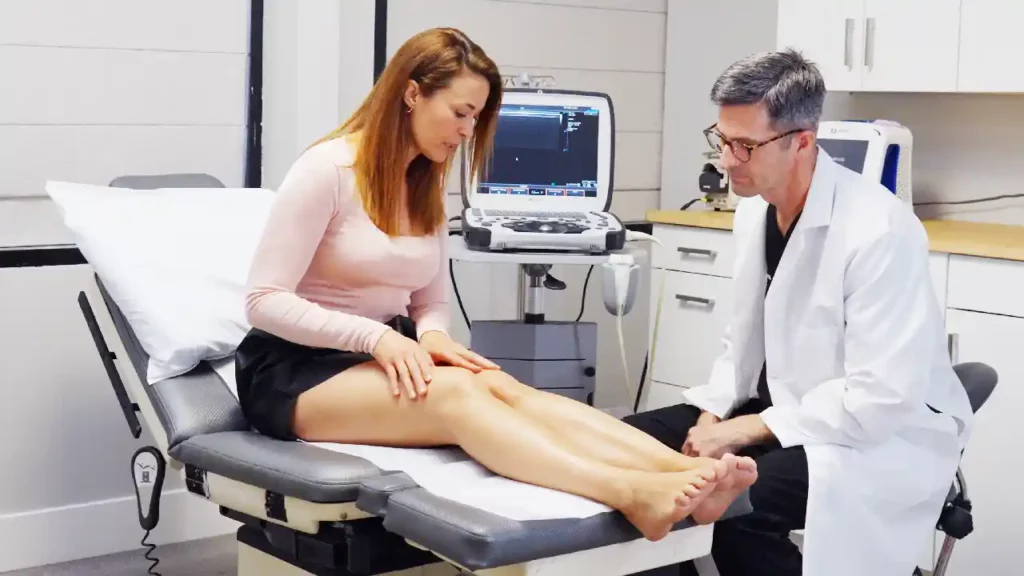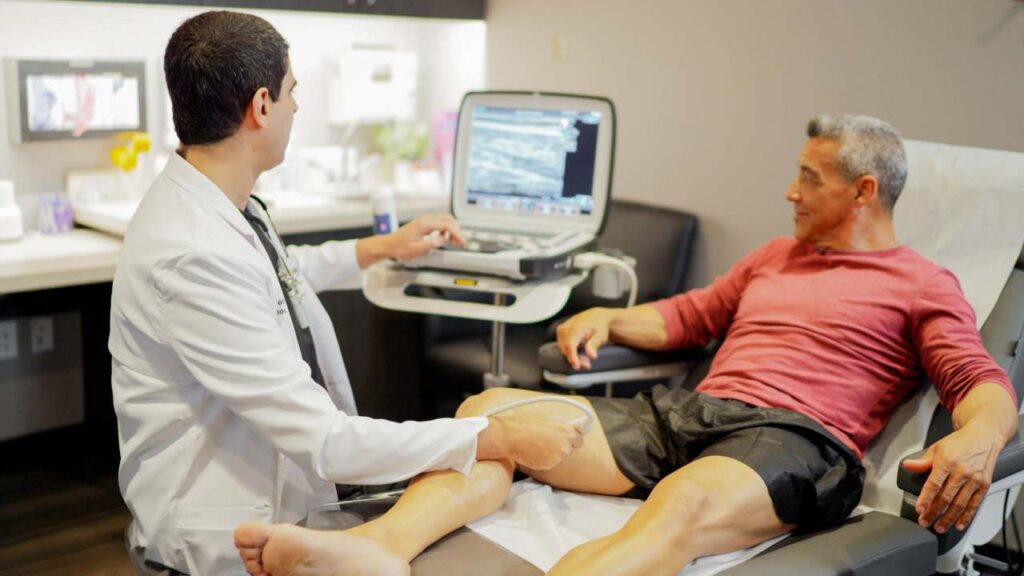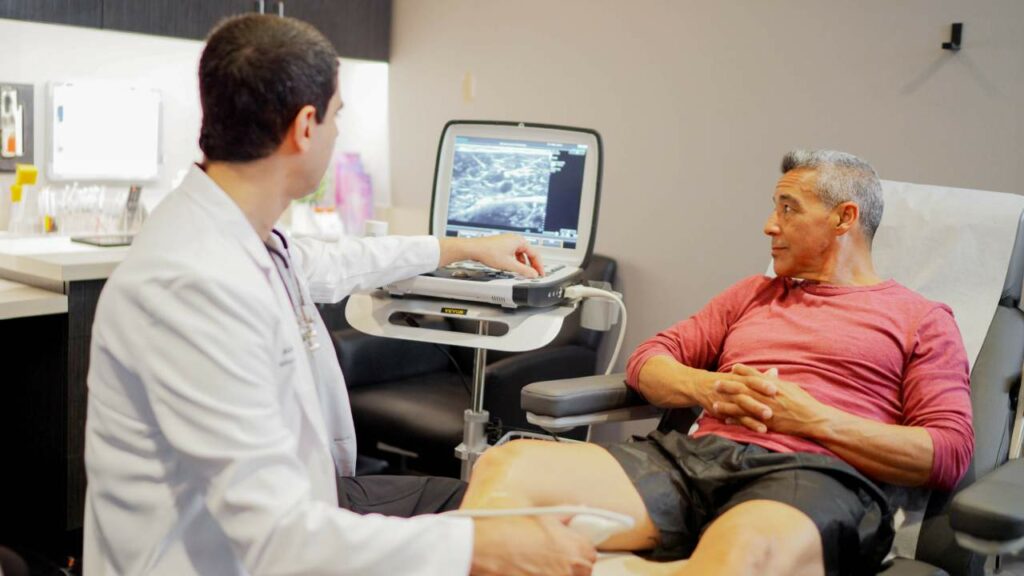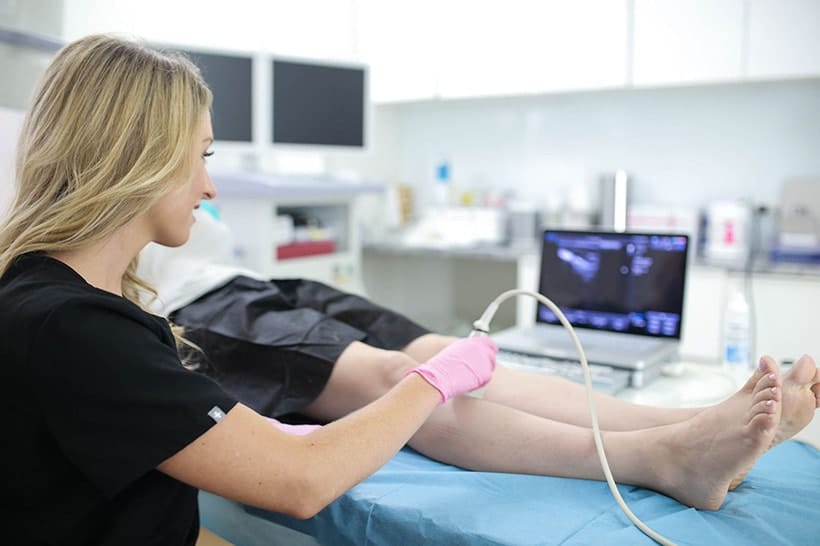What Is Laser Vein Removal and How Does It Work?
The phrase “laser vein removal” is a bit confusing, because unlike surgical vein removal, lasers don’t extract the vein from the body. Instead, they destroy it within the body, so the vein is eliminated from the route that blood travels on, and blood is rerouted into healthier veins. Lasers remove the vein from the circulatory path, rather than removing it from the patient. Book an appointment for minimally invasive laser vein removal in California and read on to learn how it works.
There are two main types of laser treatment for veins. The first is laser surface treatment, wherein vein specialists apply lasers to the surface of the skin to destroy small spider veins and capillaries near skin’s surface. The second is endovenous laser ablation, in which the vein doctor inserts a laser fiber through the skin and positions it on the vein’s walls, where it heats the walls, prompting the vein to close. This procedure is used for some spider veins, but more often, it’s used for varicose veins and Chronic Venous Insufficiency.
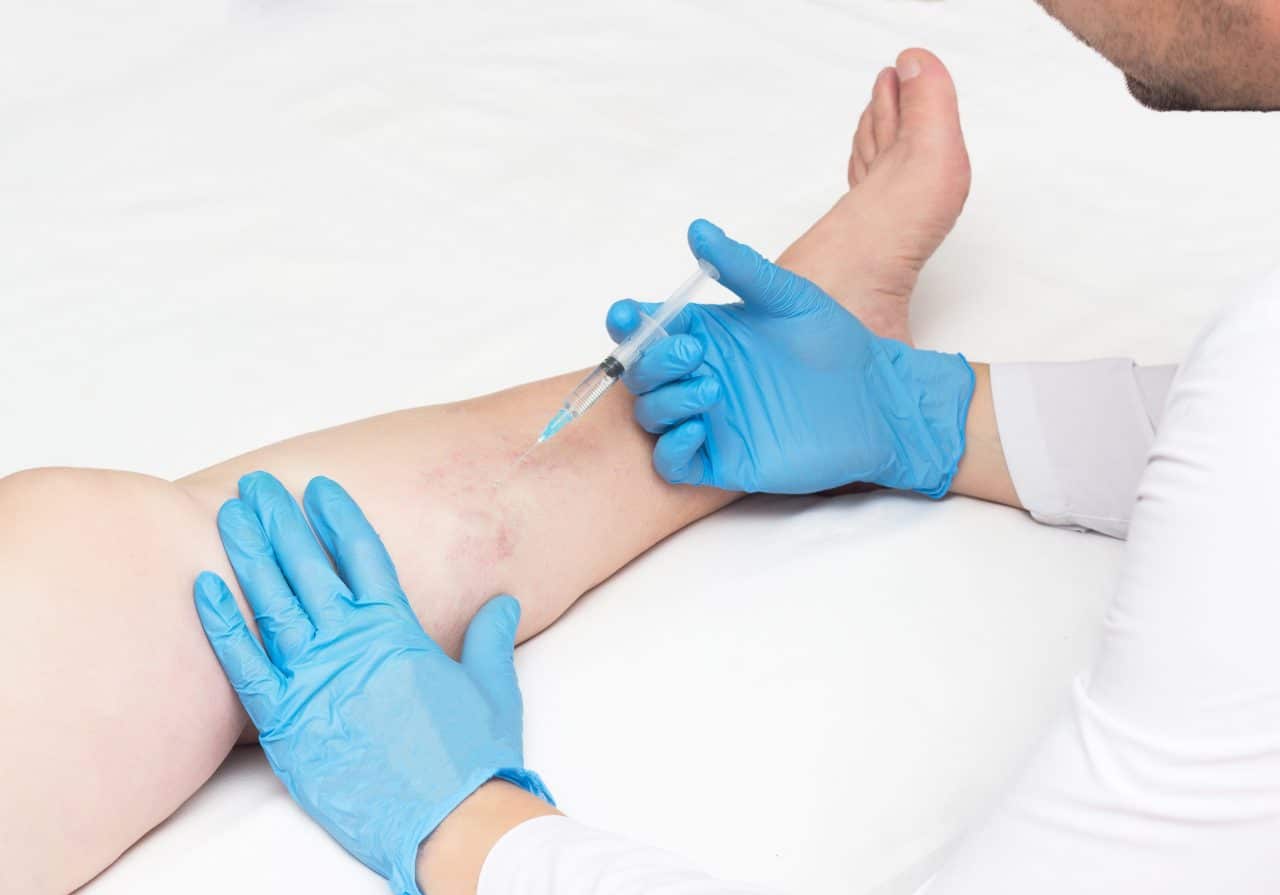
Are Surface Lasers and Endovenous Laser Treatment the Same?
Surface lasers and endovenous laser treatment are not the same and they are not used interchangeably. Surface laser treatments use a narrow laser beam, or pulsed-dye laser, to heat the blood in the vein through the skin, causing blood to coagulate and close the vein. Surface lasers are typically used for small spider veins.
Endovenous lasers are administered directly to the vein’s walls when the vein doctor inserts a needle with a fiber tip through the skin and positions it precisely on the vein. This usually requires ultrasound guidance and is used for varicose veins and the valve failure in deeper veins that causes spider and varicose veins to form.
Does Laser Treatment Work for Spider Vein Removal?
Both surface lasers and endovenous lasers can work for spider vein removal. The essential step is determining the source of the spider vein. A facial spider vein caused by sun damage might respond well to surface lasers. But if the spider vein is in the leg, the vein doctor must look for valve failure in deeper veins. Otherwise, treating it superficially won’t prevent a recurrence of spider veins. Legs veins usually require endovenous laser ablation, particularly when caused by venous insufficiency.
Does a Laser Fiber Work for Varicose Vein Treatment?
Surface lasers rarely work for varicose veins since they’re often caused by venous insufficiency. The better approach for varicose veins is endovenous laser ablation guided by ultrasound imaging that pinpoints the cause of the varicosity. Endovenous lasers can close off varicose veins, as well as the broken valve that caused them, so the endovenous method is superior to surface laser treatment for varicose veins.
Are Lasers the Best Way to Treat Spider Veins?
While lasers are often used for spider veins, they aren’t necessarily the best method. Surface lasers can irritate or damage the skin, especially for patients with sensitive skin, skin diseases, and certain pigmentations. For these patients, sclerotherapy is typically a better choice for spider veins.
In addition, if the patient is allergic to the tumescent anesthesia used to protect the surrounding area from the laser, they should opt for sclerotherapy instead. Endovenous lasers heat at a higher temperature than other types of thermal energy, like radiofrequency, so some patients find endovenous lasers uncomfortable. In this case, radiofrequency ablation is recommended. In fact, our Harvard-trained vein doctors prefer radiofrequency ablation over endovenous laser ablation for this reason.
Are Lasers the Best Way to Treat Varicose Veins?
Lasers are not at the top of our vein doctors’ list of ways to treat varicose veins. Surface lasers are ineffective against most varicose veins. Endovenous lasers are effective, but they are less comfortable than radiofrequency. So, we typically recommend radiofrequency ablation over endovenous laser treatment for patients who need thermal ablation. If thermal procedures aren’t an option for the patient, sclerotherapy, vein adhesives, and mechanochemical ablation are other proven methods for varicose veins.
Does Laser Vein Removal Really Work Like Vascular Surgery?
Some patients wonder, “Does laser vein removal really work as well as vascular surgery?”. For most patients, it’s not only more effective, it’s also more appropriate. Vascular surgery is not required for spider veins, and it’s rarely required for varicose veins. Traditional vein stripping was once a common treatment for varicose veins, but vein technology has improved dramatically over the last three decades, reducing vascular surgery to a last resort.
Only the patients with blood clots or severe tortuosity should consider surgical vein removal. There are many safer, faster, and gentler alternatives. In fact, new research indicates that veins that are cut out of the body tend to grow back without valves, so venous reflux resumes. By closing the vein without cutting it loose, the long-term outcome is more successful.
Should I Treat Problem Veins or Wear Compression Stockings?
If you’ve read that you can just wear compression stockings to eliminate problem veins, that information is misleading. Everyone’s venous pathways are unique, and what caused one vein problem is different from what caused another, so the treatments don’t work universally. Compression stockings help some patients with certain symptoms, namely swelling, heaviness, and cramping. But they do not remove spider or varicose veins.
Symptom reduction only occurs in certain people, and primarily if their compression stockings were fitted by a vein doctor, since the wrong amount of compression does more harm than good. In fact, patients with certain vascular issues or who take certain medications should not wear compression stockings. In addition, compression stockings must be worn consistently over a long period of time. Vein treatments take just 15-30 minutes, so you can immediately improve your quality of life.
Where Should I Get My Veins Treated with Lasers in CA?
If you want to try laser vein removal, choose board certified vein doctors in California. A vein specialist can perform both the surface and the endovenous methods of laser treatment, and they can accurately determine which one you need. By analyzing your venous anatomy, they’ll determine whether the cause is a superficial injury, or whether you have an issue in deeper veins.
Cosmetic vein centers can’t identify the cause, nor can they treat deeper and larger varicose veins. Visit our award-winning vein center in San Diego or San José for world-class care at an accredited facility that was deemed a Center of Excellence. Our state-of-the-art vein centers are equipped with everything you need, whether it’s surface lasers, endovenous lasers, or a different treatment altogether.
